
Lady Jane Grey (1536-1554)
queen of England and Ireland who reigned only nine days.
Execution 12.2.1554
Jana was a beautiful, vivacious, purposeful and very intelligent girl. Due to unkind treatment from her parents, Jana closed herself off and devoted herself to studies, thanks to which she mastered several languages and received an education. A relative of Henry VIII, she grew up at the royal court, where she met her future husband, Lord Guildford Dudley.
After the death of Henry VIII, his son Edward VI ascended the throne, who died shortly after. Henry VIII, fearing a Scottish successor to the throne from his sister Margaret, excluded her from the will and listed as possible successors, in the event that there is no male descendant, the heirs of his second sister, Mary Tudor, which Edward VI also confirmed in his last will. This will, de facto, designated Jane Grey, as the heir to the throne, which ultimately cost her, her life. Mary advocated the Catholic direction, Jana the Protestant one. As in most cases at that time, it was always the influence of the church and all the intrigues, marriages of convenience and political calculations, took place in order to maintain the church's direction. (How strong the influence of the Church was and how important it was to life at that time can be seen from the case of Jane Grey, when she was offered both grace and wealth if she would become a Catholic. However, she preferred death.)
However, after Jana's nomination as queen, Maria I. Tudorovna gained the support of the nobility and the nomination was revoked. Mary was declared queen, and as Jane continued to be a threat to her, she had her and her husband, Lord Dudley, executed. The husband was executed in public, Jana, as a woman of noble birth, was executed inside the complex on Tower Green. The executioner separated her head from her body with an ax in the morning of February 12. 1554. Her body lay in the Tower on the ground until the evening before it was buried. She died needlessly, like a young girl, just seventeen, born at the wrong time, in the wrong place. The moment of her execution is captured with absolute genius and emotion in Paul Delaroche's painting as she blindfoldedly searches for the log and cries, "Where is it, where is it? I can't find it!"
queen of England and Ireland who reigned only nine days.
Execution 12.2.1554
Jana was a beautiful, vivacious, purposeful and very intelligent girl. Due to unkind treatment from her parents, Jana closed herself off and devoted herself to studies, thanks to which she mastered several languages and received an education. A relative of Henry VIII, she grew up at the royal court, where she met her future husband, Lord Guildford Dudley.
After the death of Henry VIII, his son Edward VI ascended the throne, who died shortly after. Henry VIII, fearing a Scottish successor to the throne from his sister Margaret, excluded her from the will and listed as possible successors, in the event that there is no male descendant, the heirs of his second sister, Mary Tudor, which Edward VI also confirmed in his last will. This will, de facto, designated Jane Grey, as the heir to the throne, which ultimately cost her, her life. Mary advocated the Catholic direction, Jana the Protestant one. As in most cases at that time, it was always the influence of the church and all the intrigues, marriages of convenience and political calculations, took place in order to maintain the church's direction. (How strong the influence of the Church was and how important it was to life at that time can be seen from the case of Jane Grey, when she was offered both grace and wealth if she would become a Catholic. However, she preferred death.)
However, after Jana's nomination as queen, Maria I. Tudorovna gained the support of the nobility and the nomination was revoked. Mary was declared queen, and as Jane continued to be a threat to her, she had her and her husband, Lord Dudley, executed. The husband was executed in public, Jana, as a woman of noble birth, was executed inside the complex on Tower Green. The executioner separated her head from her body with an ax in the morning of February 12. 1554. Her body lay in the Tower on the ground until the evening before it was buried. She died needlessly, like a young girl, just seventeen, born at the wrong time, in the wrong place. The moment of her execution is captured with absolute genius and emotion in Paul Delaroche's painting as she blindfoldedly searches for the log and cries, "Where is it, where is it? I can't find it!"
Famous years of our history that should not be forgotten
Mary Stuart (1542-1587)
queen of Scots and of France
Execution 8.2.1587
Mary Stuart, as Queen of Scots, laid claim to the English throne, which was ruled by her relative, Queen Elizabeth. It became inconvenient for her, so Elizabeth signed a death warrant for Maria. To exonerate herself, she stated that the judgment had been signed by mistake and blamed this scribe, whom she also had executed. The execution itself did not go smoothly and turned into a horror scene.
As this was a very important person, the executioner, in his excitement, hit the back of the head with the first blow and did not kill the queen. She moaned in pain, and the executioner, being nervous, didn't hit even a second blow and cut off only part of her head.
The queen was still alive and blood splattered everywhere. Only on the third attempt did he separate the queen's head from the body. The culmination of it all was when the executioner, according to custom, raised his head in the air to show it to the bystanders. It fell out of his wig and rolled on the ground. There was a grave silence in the hall, in which it was said that the teeth of the dead head could be heard chattering due to the action of the nerves. When the men wanted to take the body away, a dog jumped out of the dead queen's skirt, which had accompanied her everywhere, and started barking at those present.
queen of Scots and of France
Execution 8.2.1587
Mary Stuart, as Queen of Scots, laid claim to the English throne, which was ruled by her relative, Queen Elizabeth. It became inconvenient for her, so Elizabeth signed a death warrant for Maria. To exonerate herself, she stated that the judgment had been signed by mistake and blamed this scribe, whom she also had executed. The execution itself did not go smoothly and turned into a horror scene.
As this was a very important person, the executioner, in his excitement, hit the back of the head with the first blow and did not kill the queen. She moaned in pain, and the executioner, being nervous, didn't hit even a second blow and cut off only part of her head.
The queen was still alive and blood splattered everywhere. Only on the third attempt did he separate the queen's head from the body. The culmination of it all was when the executioner, according to custom, raised his head in the air to show it to the bystanders. It fell out of his wig and rolled on the ground. There was a grave silence in the hall, in which it was said that the teeth of the dead head could be heard chattering due to the action of the nerves. When the men wanted to take the body away, a dog jumped out of the dead queen's skirt, which had accompanied her everywhere, and started barking at those present.
Guido, or GUY FAWKES (1570-1606)
gunpowder plot.
Execution: 31.1.1606
It was a group of English nobles whose goal was the assassination of King James I. This was supposed to happen in such a way that several barrels of gunpowder were placed under the Palace of Westminster /hence the gunpowder plot/, and during the session in 1605, during a speech king, the explosive was about to be detonated. However, the plan was revealed and the group captured. As the main accused was Guy Fawkes, who was subjected to very cruel torture and betrayed the companions.
After a short trial, the members were sentenced to death. All of them were tortured and then dragged through the streets of London behind a horse before the execution. The execution was also carried out in a very cruel manner. Convicts were only partially hanged and while still alive, in the agony of death, their stomachs were ripped open, their entrails cut out and castration performed. The bodies were then dismembered. It was a demonstrative, intimidating and very cruel method of execution.
You can get an idea of what state Fawkes was in after the torture from his signature. Normal signature above, signature after torture below. Few people also know that the face of Gue Fawkes is used today by the ANONYMOUS movement as its mask.
gunpowder plot.
Execution: 31.1.1606
It was a group of English nobles whose goal was the assassination of King James I. This was supposed to happen in such a way that several barrels of gunpowder were placed under the Palace of Westminster /hence the gunpowder plot/, and during the session in 1605, during a speech king, the explosive was about to be detonated. However, the plan was revealed and the group captured. As the main accused was Guy Fawkes, who was subjected to very cruel torture and betrayed the companions.
After a short trial, the members were sentenced to death. All of them were tortured and then dragged through the streets of London behind a horse before the execution. The execution was also carried out in a very cruel manner. Convicts were only partially hanged and while still alive, in the agony of death, their stomachs were ripped open, their entrails cut out and castration performed. The bodies were then dismembered. It was a demonstrative, intimidating and very cruel method of execution.
You can get an idea of what state Fawkes was in after the torture from his signature. Normal signature above, signature after torture below. Few people also know that the face of Gue Fawkes is used today by the ANONYMOUS movement as its mask.
CHARLES I. STUART (1600-1649)
king of England, Scots and Ireland, who ruled in 1625-1649.
Eecution 30.1.1649
He was known for his opposition to parliament and claimed that he was king by God's will, that is, that he could make decisions on his own. Charles's quest for church reform sparked a clash between the Church of England and the Roman Catholic Church, leading to a civil war where Charles was defeated, captured and sentenced to death. His death temporarily ended the monarchy and the English Republic was proclaimed. It was ruled by the famous Oliver Cromwell /not to be confused with Thomas Cromwell/.
Charles I Stuart, was executed with an axe. At the gallows, he asked for another shirt because he was shivering with cold and didn't want anyone to think he was shivering with fear. Executioner Richard Brandon was said to have carried out the execution. He allegedly refused the execution and the execution was to be carried out by another executioner. It is believed that he was forced to carry out the execution, as there are records which state that Brandon was paid a L30 reward for the execution.
Charles I Stuart's wife was Henrietta Marie of Bourbon. It is worth noting that the US state - Maryland (Maria's land) and Cape Henrietta Maria, in the state of Ontario, were named after her.
king of England, Scots and Ireland, who ruled in 1625-1649.
Eecution 30.1.1649
He was known for his opposition to parliament and claimed that he was king by God's will, that is, that he could make decisions on his own. Charles's quest for church reform sparked a clash between the Church of England and the Roman Catholic Church, leading to a civil war where Charles was defeated, captured and sentenced to death. His death temporarily ended the monarchy and the English Republic was proclaimed. It was ruled by the famous Oliver Cromwell /not to be confused with Thomas Cromwell/.
Charles I Stuart, was executed with an axe. At the gallows, he asked for another shirt because he was shivering with cold and didn't want anyone to think he was shivering with fear. Executioner Richard Brandon was said to have carried out the execution. He allegedly refused the execution and the execution was to be carried out by another executioner. It is believed that he was forced to carry out the execution, as there are records which state that Brandon was paid a L30 reward for the execution.
Charles I Stuart's wife was Henrietta Marie of Bourbon. It is worth noting that the US state - Maryland (Maria's land) and Cape Henrietta Maria, in the state of Ontario, were named after her.
Guillotine
in French Guillotine
An instrument of execution that entered the subconscious through mass executions during the French Revolution. It was a completely reliable method of execution /decapitation/, where a slanting knife, equipped with a sixty-kilogram weight, safely separated the head from the torso. The name Guillotine is attributed to fr. a doctor named Joseph Ignace Guillotin. However, he was not an inventor, as is often mistakenly stated. The guillotine had been used much earlier, he was only its great promoter, as the execution in this way was humane, painless.
On January 21, 1793, the French king LOUIS XVI, who ruled France in the years 1774-1792, was executed in this way. The execution was carried out by the executioner Charles-Henri Sanson, who executed several thousand people during his career, mainly during the fr. revolution. A few months later, the king's wife, Marie Antoinette, was executed in the same way. And since "the revolution eats its children", it is interesting that one of the leaders of the revolution - Maximilien Robespierre, who had the king executed, himself ended up under the guillotine a year later.
in French Guillotine
An instrument of execution that entered the subconscious through mass executions during the French Revolution. It was a completely reliable method of execution /decapitation/, where a slanting knife, equipped with a sixty-kilogram weight, safely separated the head from the torso. The name Guillotine is attributed to fr. a doctor named Joseph Ignace Guillotin. However, he was not an inventor, as is often mistakenly stated. The guillotine had been used much earlier, he was only its great promoter, as the execution in this way was humane, painless.
On January 21, 1793, the French king LOUIS XVI, who ruled France in the years 1774-1792, was executed in this way. The execution was carried out by the executioner Charles-Henri Sanson, who executed several thousand people during his career, mainly during the fr. revolution. A few months later, the king's wife, Marie Antoinette, was executed in the same way. And since "the revolution eats its children", it is interesting that one of the leaders of the revolution - Maximilien Robespierre, who had the king executed, himself ended up under the guillotine a year later.


Copyright © 2017 historické výstavy - všechna práva vyhrazena
Jakékoliv užití obsahu včetně převzetí, šíření či dalšího zpřístupňování článků, fotografií či jiného obsahu je bez předcházejícího písemného souhlasu zakázáno.
Jakékoliv užití obsahu včetně převzetí, šíření či dalšího zpřístupňování článků, fotografií či jiného obsahu je bez předcházejícího písemného souhlasu zakázáno.

Robert Pospíchal
tel.: +420 727 94 54 24
mail: info@historickevystavy.cz
tel.: +420 727 94 54 24
mail: info@historickevystavy.cz
Our partners:
Tips to visit:

Robert Pospíchal ml.
tel.: +420 702 194 933
mail: pospichalr@gmail.com
tel.: +420 702 194 933
mail: pospichalr@gmail.com
muzeum mucicich nastroju
muzeum mučicích nástrojů
muzeum mučicích nástrojů
..... "art speaks for one, for nations, for humanity".
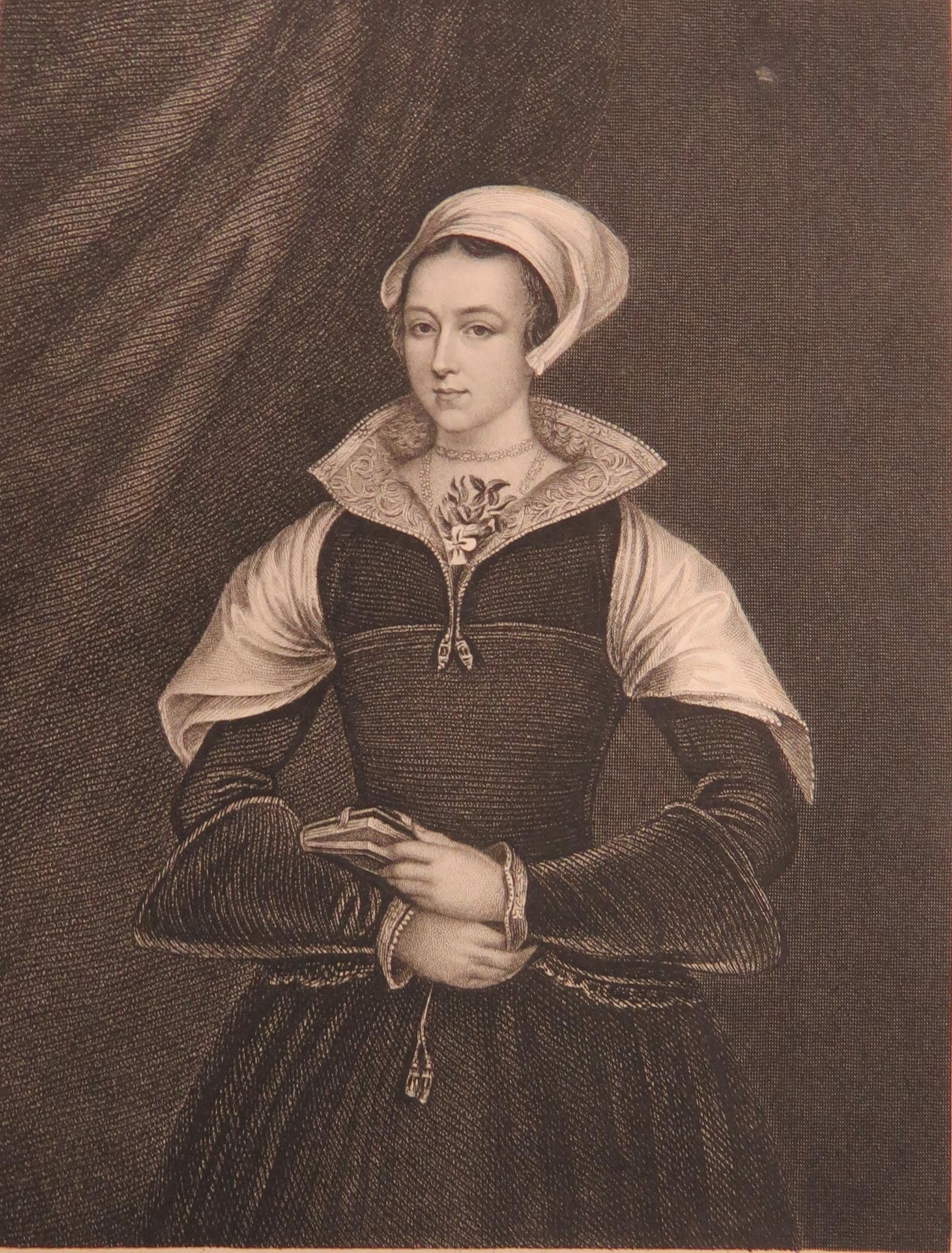
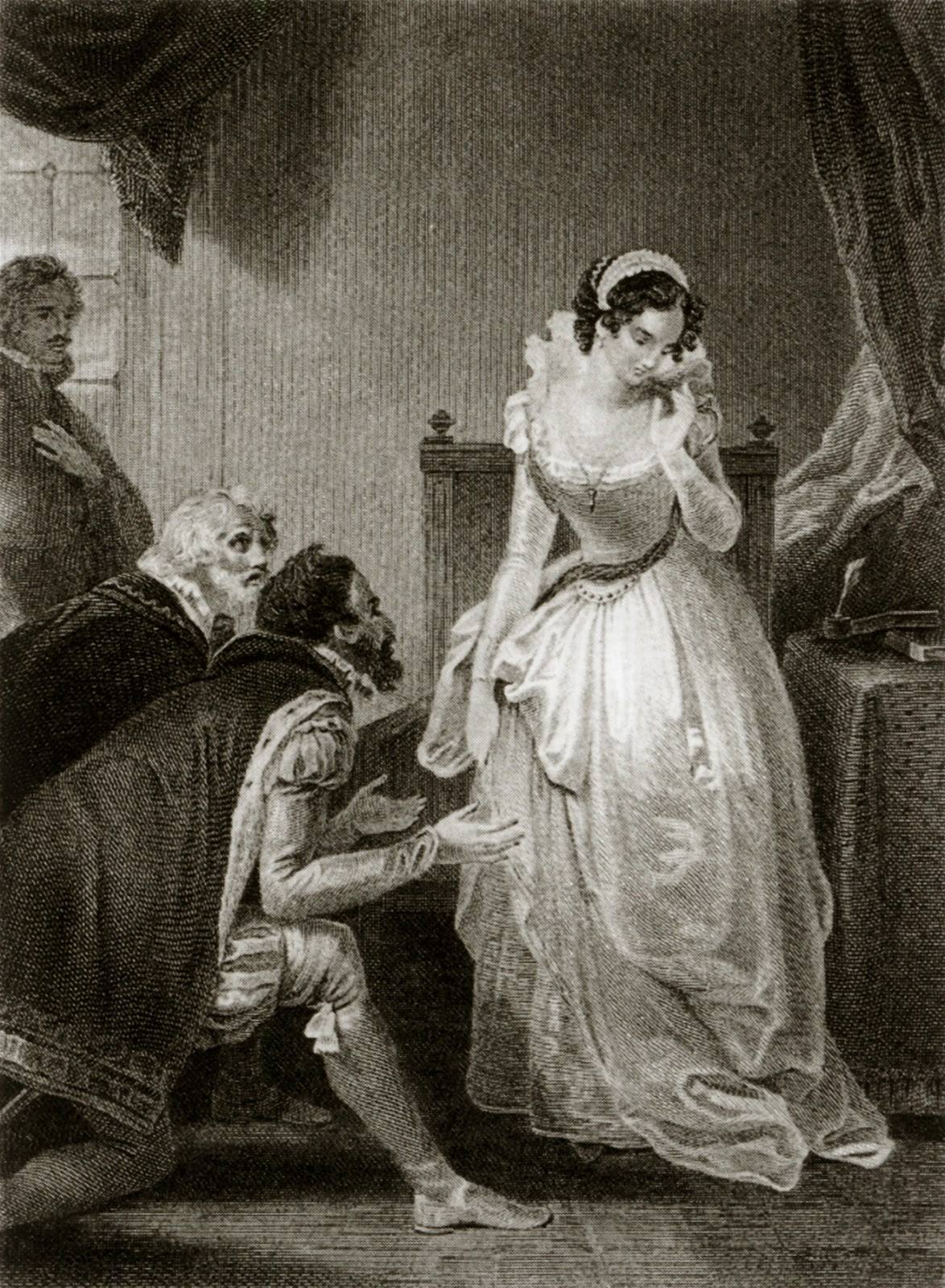



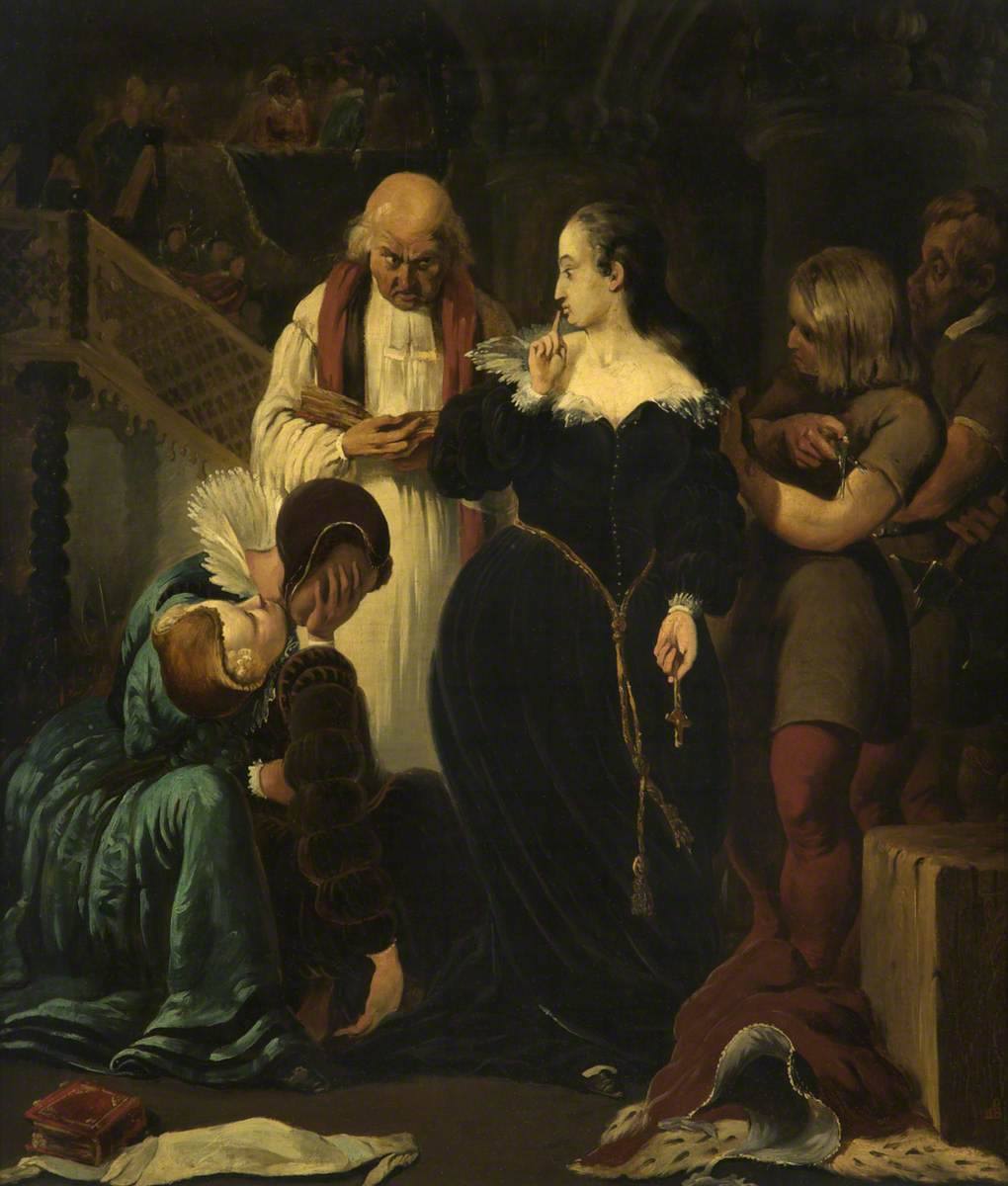
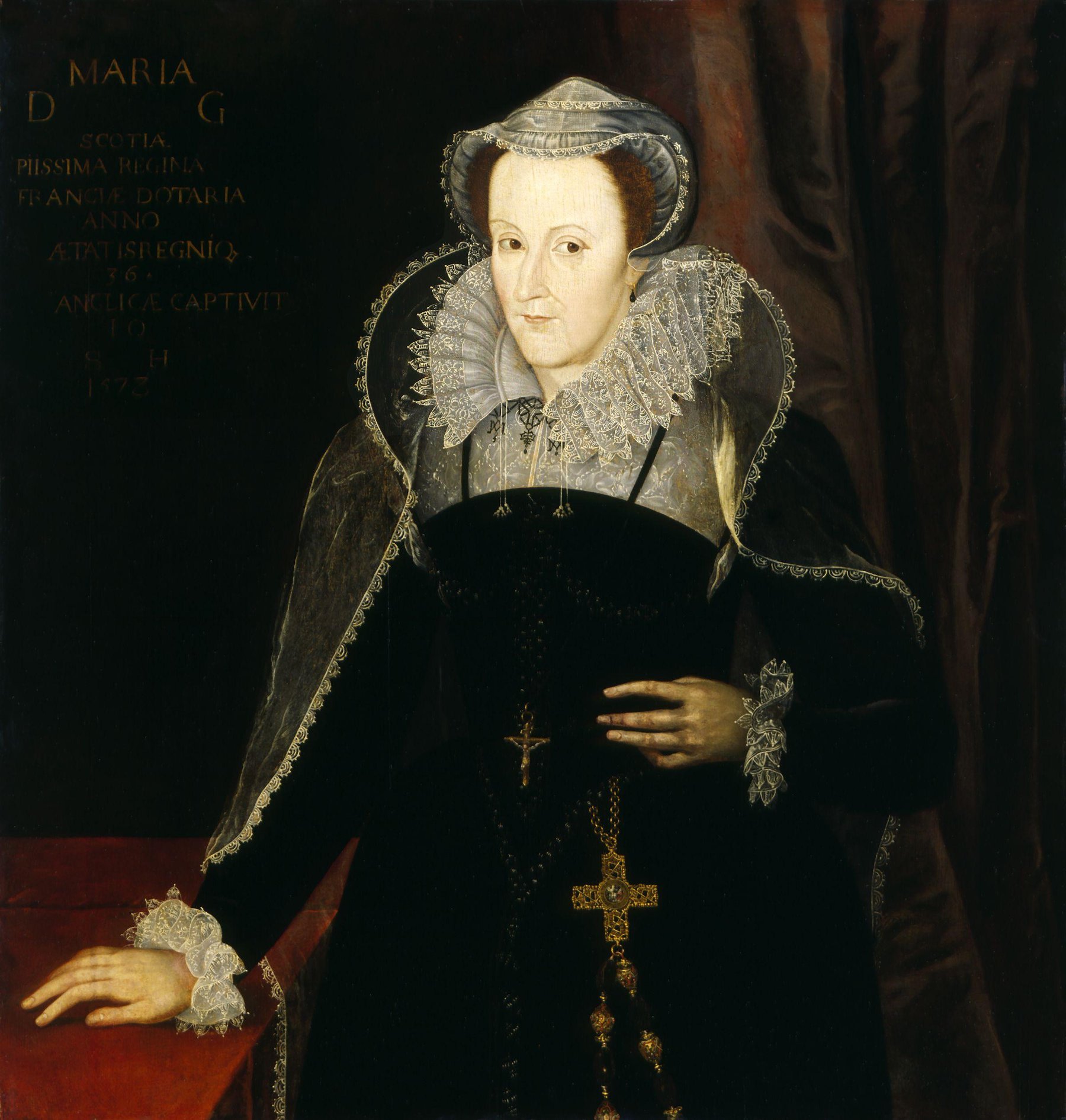

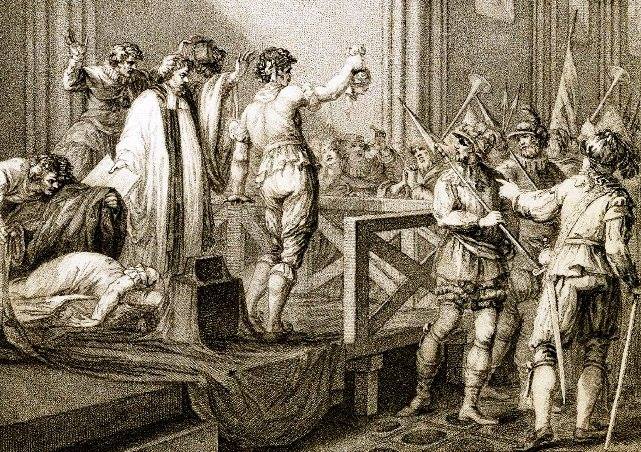




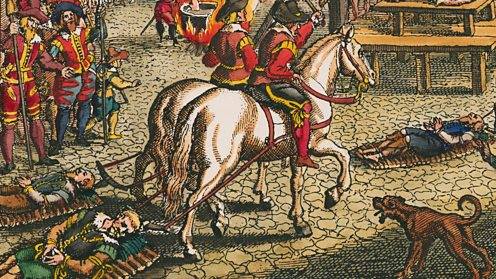

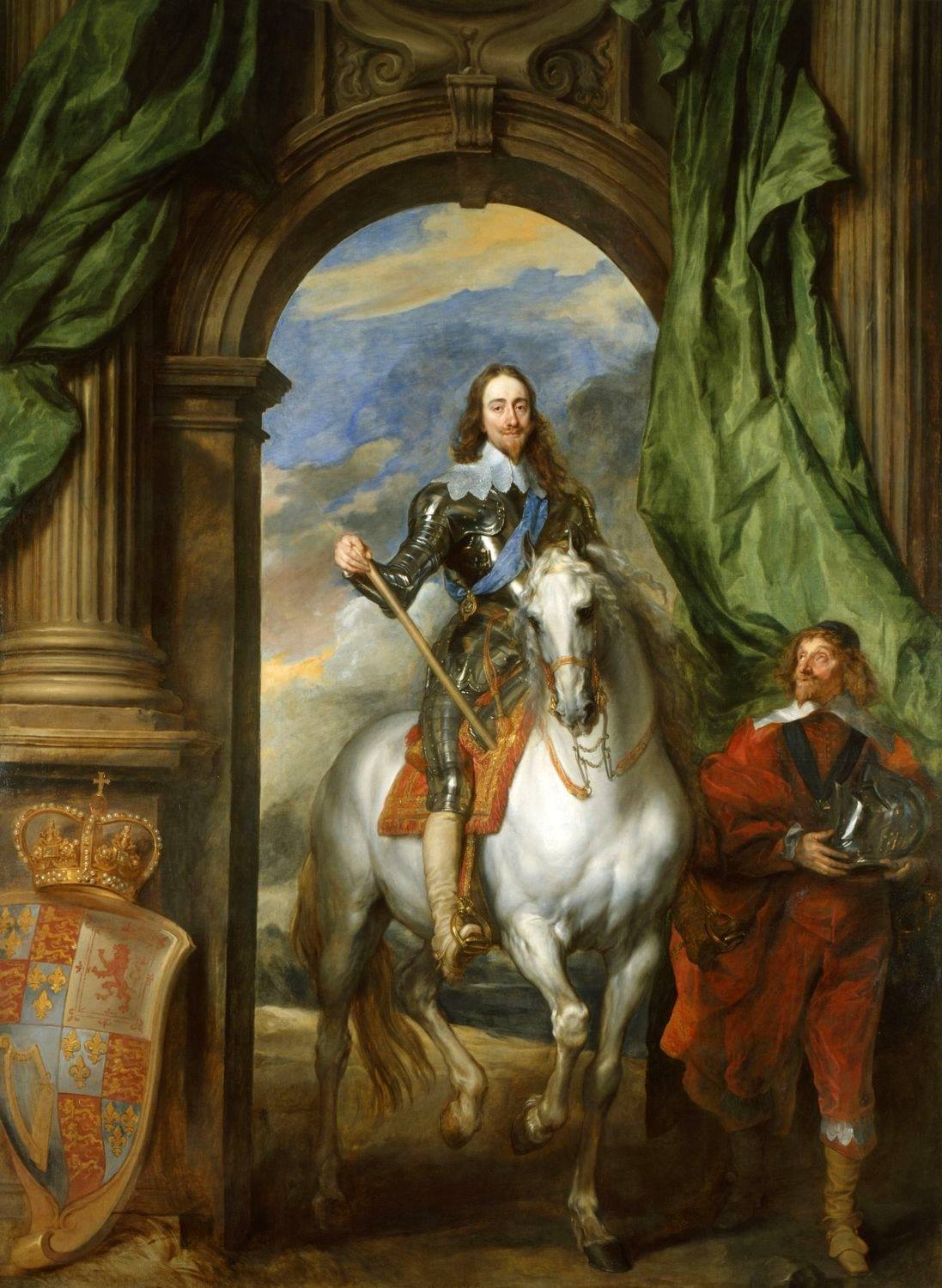





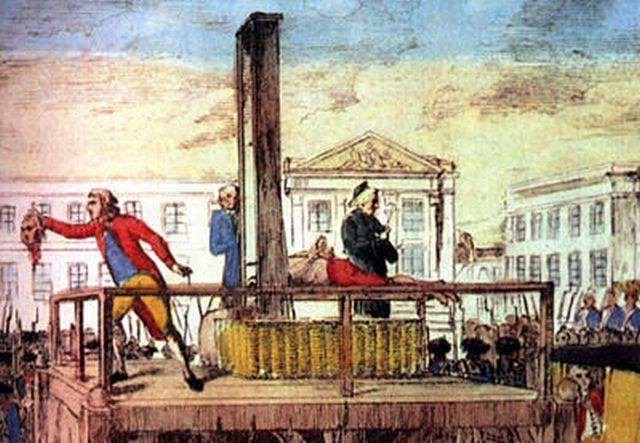













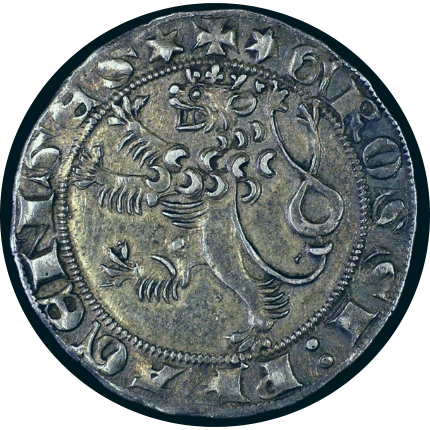







.png)
